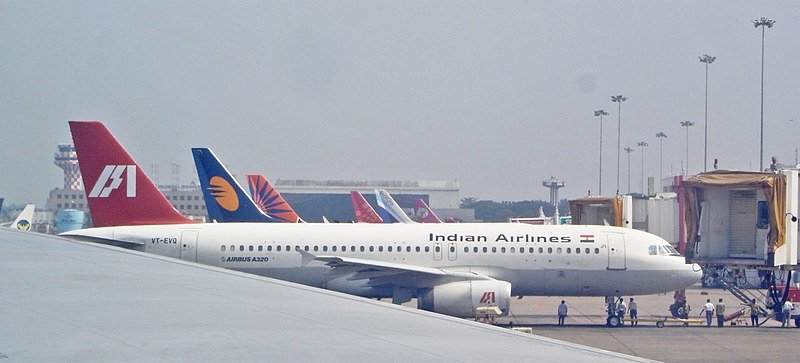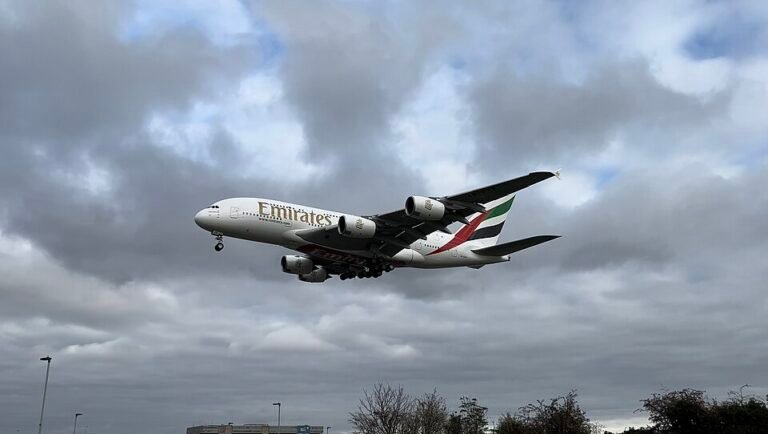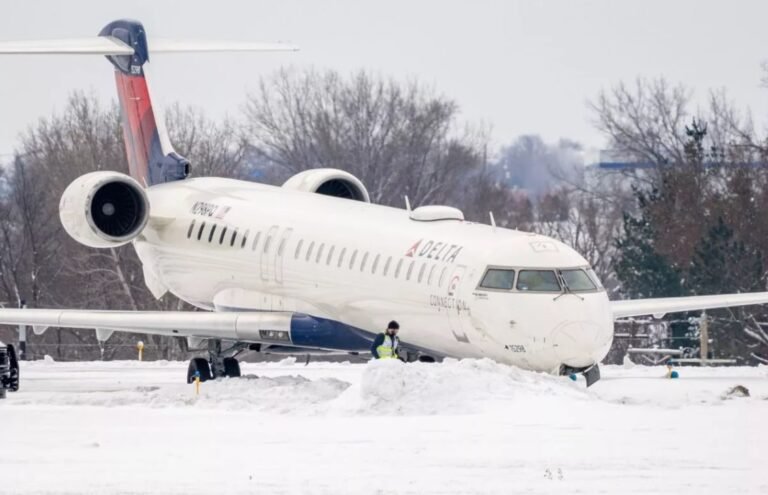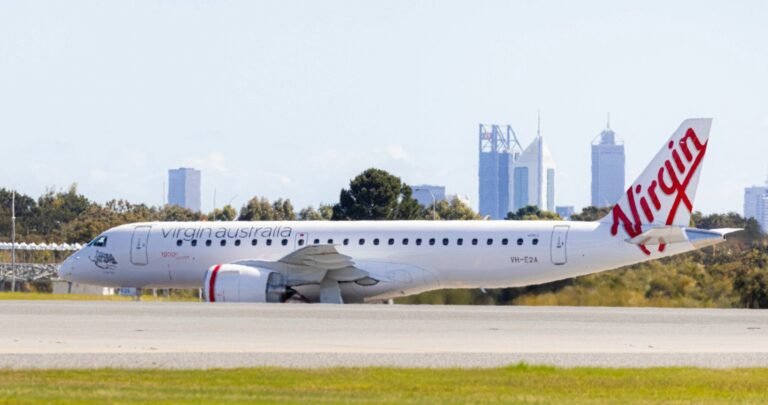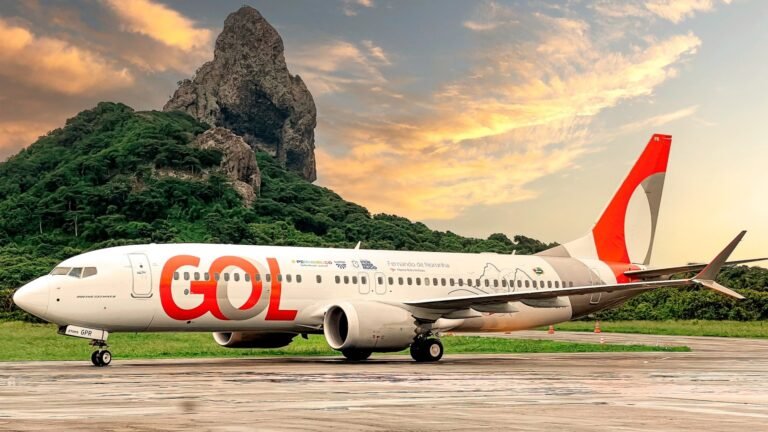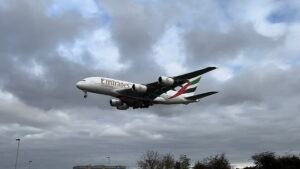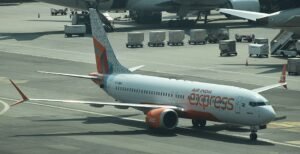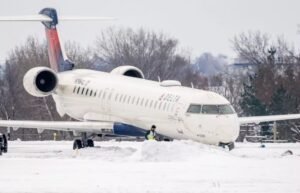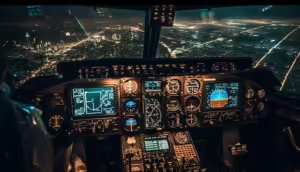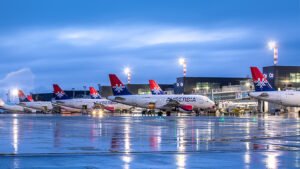Image from Wiktionary
Gurgaon, India: ICRA, a prominent credit rating agency predicts that domestic aviation passenger traffic in India is expected to increase by 7-10% year on year in FY2025, reaching 164-170 million passengers. Despite problems like heat waves and weather-related delays, traffic ascended by 5.3% in the first half of FY2025, reaching 79.3 million passengers.
Indian carriers had a 16.2% YoY rise in overseas traffic in H1 FY2025. This trend is anticipated to continue, with foreign traffic reaching 34-36 million passengers in FY2025, representing a 15-20% year-on-year increase.
Kinjal Shah, Senior Vice President & Co- Group Head, ICRA, said: “ICRA expects the industry to report a net loss of Rs. 20-30 billion in FY2025 and FY2026 each, significantly lower than the losses witnessed in the past supported by improved pricing power of the airlines. The spread between revenue per available seat kilometer and cost per available seat kilometer (RASK-CASK) saw some moderation in H1 FY2025 over FY2024 due to higher fuel prices and overall increased costs amid grounding of aircraft, while yields moderated marginally as airlines strove to maintain adequate passenger load factors (PLFs). Nonetheless, the same is expected to pick up in H2 FY2025, amid healthy passenger traffic. The industry debt metrics in FY2025 are expected to remain stable, with interest coverage of 1.5-2.0x times.”
Fuel Prices and Currency Pressures
Fuel prices continue to be a major contributor to industry’s financial distress. Even if the average ATF price decreased 6.8% year over year to Rs. 96,192/KL in 8M FY2025, it is still higher than it was prior to COVID. Since fuel makes up 30–40% of expenses and many costs are in US dollars, the INR–USD exchange rate and fuel prices will continue to have an impact on airline profitability.
Challenges in Supply Chain and Aircraft Availability
The aviation sector is dealing with persistent supply chain challenges, such as engine and aircraft delivery delays. The grounding of 144 aircraft (16-18% of the fleet) on September 30, 2024, had an impact on capacity. Despite advances in this grounding, supply chain issues are projected to cause more delays.
Staffing shortages, particularly among pilots and cabin staff, have resulted in aircraft cancellations and delays. Airlines have resorted to lease additional aircraft, frequently on short-term contracts, raising operating expenses.
Opportunities to Increase International Traffic and Fleet Expansion
Even with September’s stopped flights and projected supply delays, the primary goal remains to replace aging aircraft with more fuel-efficient models.
India’s airlines currently account for 43-44% of total international passenger traffic to and from India. This proportion will probably grow as the business grows, creating additional revenue sources.
Increased local and international travel is believed to fuel the growth of the Indian aviation sector in FY2025. The industry is expected to demonstrate resilience in the face of difficulties, with lower losses and more profitability. Airlines will be better positioned in both home and foreign markets as a result of the increase in international travel and fleet growth.
(Source: ICRA)
For more such recent news and updates stay tuned to Aviation Today.

